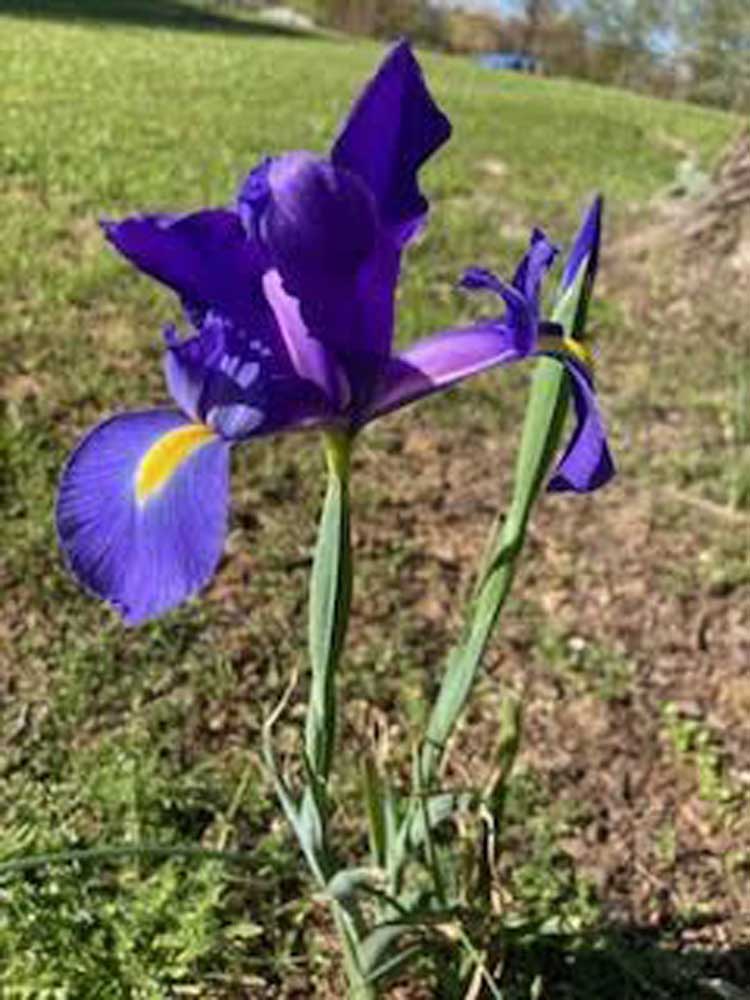McCown: Passalong plants — a term with its own roots
Published 5:00 am Monday, November 25, 2024

- A purple Bearded Iris stands in a garden. (Contributed Photo)
“Passalong plants” — a term with its own roots in many an old family garden.
When I see a purple iris I’m transported to my childhood home’s flowerbed. Vibrant, royal purple Bearded Iris from Aunt Nell’s rhizomes, passed on to my mother, grew tall along the east side of her house. When we live far away or live in another generation, flowers are tangible connections to friends and loved ones.
Trending
What gives Bearded Iris (Iris germanica) their name? The fuzzy attachment or row of hairs growing near the base of petals is called the beard. The colorful flowers attract pollinators and the beard provides a foothold and the pointer towards the pollen.
Bearded Iris are easy to grow and are reliable perennial additions to any garden. Every spring these sun-loving, hardy flowers produce a succession of blooms from the same plant. Iris reproduce through spreading rhizomes. Planting time for rhizomes is in July through September. It is important to center the rhizome in a 2- to 3-inch shallow hole, roots down, and then bury it leaving only the tip-top of the rhizome exposed. Firm the soil around the roots and water thoroughly.
Plant rhizomes once. The reward comes each spring as you watch unfolding displays of graceful flowers. After the flowers dry up do not cut down the blades or leaves until they are brown and drying. As an old saying reminds us, “This year’s green leaves are next year’s flowers.”
In mid-to-late summer, it is time to dig. In existing mature beds of iris with shriveled dried leaves, look for clumps of iris crowding one another. Separate the rhizomes and then transplant them.
Bearded Iris come in an array of gorgeous colors. (Of the 300-PLUS cultivars in the world, see dozens of examples identified in the Iris Garden Section of the Tyler Botanical Garden, 420 Rose Park Dr.) Create stunning displays, beds or pots with other sun companion plants. For eye-popping color, texture and height contrasts, use companion plants such as poppies, columbine, daffodil, tulips or pansies.
Want instant gratification? Buy a Bearded Iris plant with buds ready to pop. Transplant it to a large pot. Dig the hole for the plant at the same depth as it grew in the nursery’s pot. As a bonus, irises are deer and drought resistant. (Rhizome rot is a risk if the soil is kept wet.)
Trending
Grow your own Bearded Iris. You might just end up sharing these beauties with a family member or friend and so join the long tradition of “passalong plants.”






